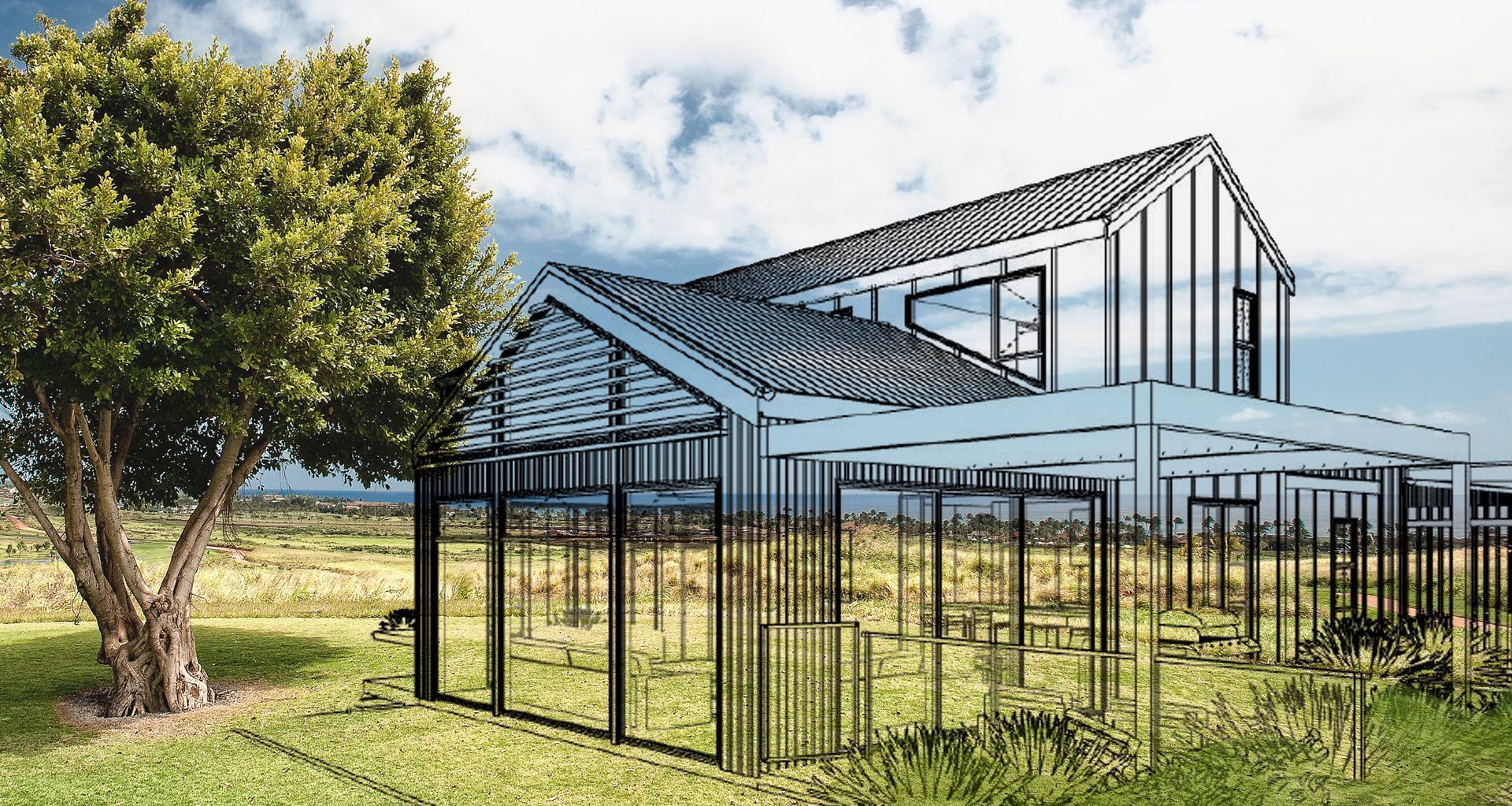Building New vs Buying a completed Home

Finding the right home, that ticks all your boxes can be challenging. And the question becomes, 'If I build, surely I can the get home I want?'. But deciding between building or buying a completed home, leaves you with plenty to consider. And if you’re like most, your main consideration will be financial. Our Insider Series this month, looks at not only the fiscal considerations when weighing up buying complete or building, but the many other aspects to ponder.
Building New
The idea of a brand-new home with shiny new fixtures, new flooring, a great layout, heaps of storage and no worrying about ancient pipes bursting or dodgy electrics is very attractive. If you choose to build today, your build observes the latest building code with a Build Guarantee (such as a Master Build 10 Year Guarantee) meaning a dry, warm home with peace of mind for the coming years. The Design & Build process allows us to deliver the home you want, at the price you desire.
PROS
• Building Guarantee
• Easier at resale time - people love newer homes
• Capital Gains - upon completion a new home is almost always worth more than it cost to build
• Built to the latest Building Standards - a warmer, drier, energy-efficient home
• Little or no maintenance
CONS
• Building takes time - you may require secondary accommodation
•Home loan lenders have different conditions for ‘construction loans’. One is that the build must be completed or at least started within a certain number of days of settlement. They aren’t likely to lend as much for building contracts that aren’t fixed price — they prefer the certainty of ‘fixed price’ rather than a ‘labour only’ contract which sees you in charge of buying the materials. Lenders can be wary of ‘labour only’ contracts because these builds are more prone to going over budget
Purchasing a completed home
Purchasing an existing home means moving in immediately, however you never really know what’s lurking behind those walls. Rotting wood, lack of insulation and a home that may still need money invested to bring it to the standard you desire.
Buying an existing home may give you more opportunity to move into an area where you really want to live. Developments are moving further out from city centres, so buying an established home could mean you are closer to amenities. You can also get a feel of the neighbourhood you’ll be moving into, as opposed to building in a developing area.
PROS
• Charm of older homes - this can be an important factor to some.
• Negotiation - in a slow market there is a chance of getting a good buy
• Location - if you have your heart set on a certain location there may not be land for sale
• It’s ready now
CONS
• The design - from the layout to the colours, fixtures and fittings - if they aren’t to your taste, it could be very expensive to change
• A larger deposit may be required compared to constructing a new build, due to loan-to-value (LVR) restrictions imposed by lenders
• Living in a reno - can be very challenging, especially with kids
• You’ll be working with the selling party to get the deal done, be they the homeowner or a real estate agent acting on their behalf. Putting offers forward and having them rejected can be a stressful and frustrating proposition for some would-be buyers
• Quality - Building standards have increased a lot in the past 10 years
• Maintenance - important to factor in the cost of this
Crunching the numbers
Because the government wants to encourage more building, a new build loan can be easier for first home buyers.
If you’re building a new home, banks require a lower deposit than if you were buying a pre-existing house at the same price. Current LVR restrictions don’t apply to new builds, so banks are lending on a case-by-case basis. Most lenders are willing to lend up to 80 per cent on new builds and some banks will even approve lending up to 90 per cent. But because of the way building new homes differs, not all construction loans are built the same way. Mortgages vary depending upon whether you will be responsible for managing the build and land purchase yourself, you have a building company overseeing the design and build for you, or you purchase a house and land package.
At the end of the day, your own set of individual requirements will dictate which option is right for you. What’s important is that you work out the priorities - your budget and things you’re willing to compromise on, and work backwards from there towards the kind of home that will best meet your needs.
